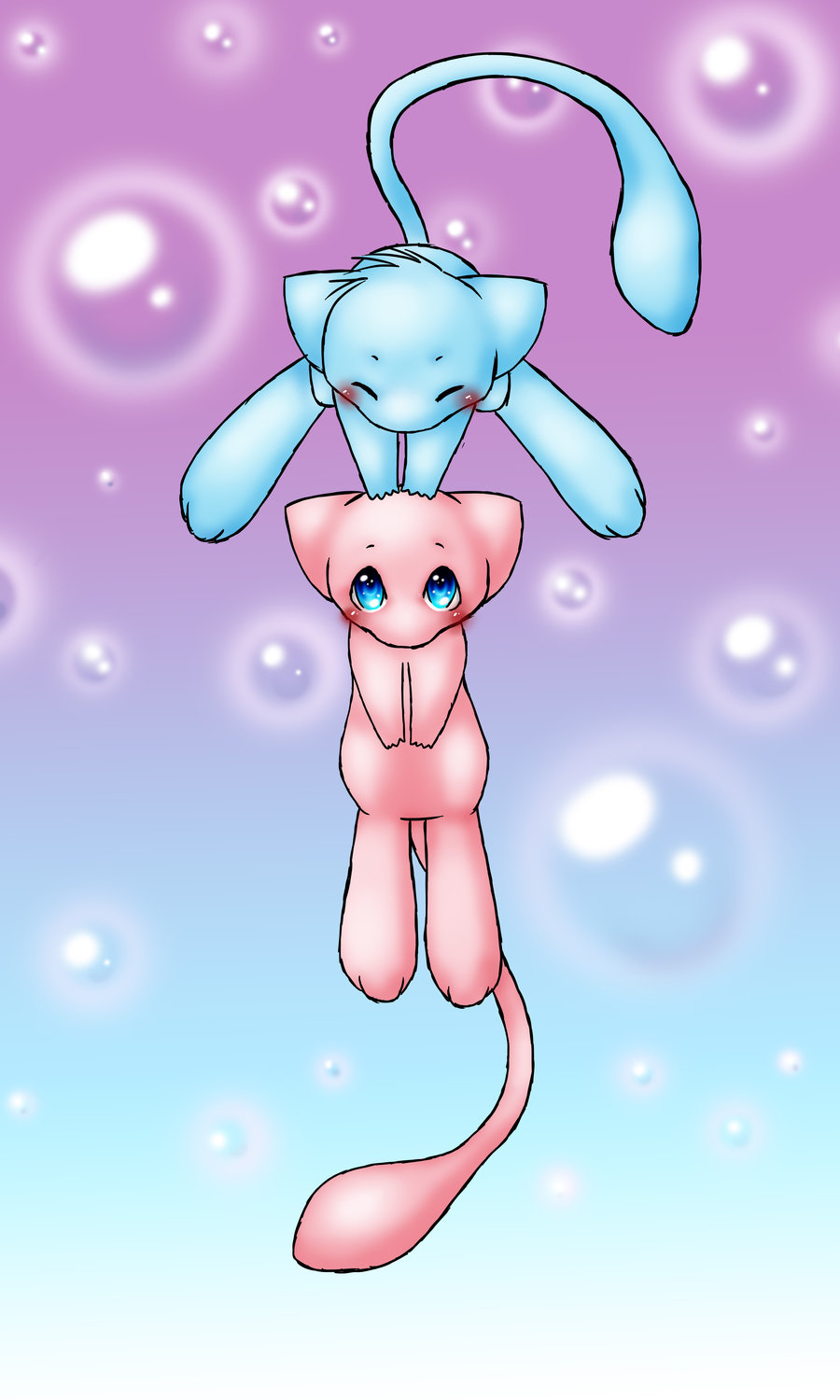
When did Pokemon first appear on TV?
With its signature catchphrase and adorable mascot, Pokemon quickly invaded western TV in 1997 and soon won the hearts of gamers everywhere with 1998's release of Pokemon Red/Blue. It's seen countless iterations of video games, as well as various animated cartoons.
How did Pokemon become so popular?
With its signature catchphrase and adorable mascot, Pokemon quickly invaded western TV in 1997 and soon won the hearts of gamers everywhere with 1998's release of Pokemon Red/Blue. It's seen countless iterations of video games, as well as various animated cartoons. Pokemon has captured the attention and imagination of kids for many countless years.
Do Pokemon eat each other in the anime?
Through countless Pokedex entries it is discussed that, like in the real-world, Pokemon eat each other in a food chain that is really no different than our own. In the first episode of the anime, viewers are treated to a scene in which a hungry Pidgey is preying on an unsuspecting Caterpie.
Is there any proof that humans eat Pokemon meat?
This fact has actually never been proven outright, however, there have been plenty of nods to this being all but certain. Throughout the anime, viewers see humans eating countless different types of meats and foods. Not once is it explained where this food is coming from, so one can only assume it's the result of hunted/domesticated Pokemon.

What are some interesting facts about Pokemon?
20 Shocking Things You Didn't Know About Pokemon. We'll be going through a very sparse amount of little-known facts the world of Pokemon has to hold. The world of Pokemon has been a pop culture mainstay for the better part of 20 years. With its signature catchphrase and adorable mascot, Pokemon quickly invaded western TV in 1997 and soon won ...
What is the Pokemon series based on?
Did you know that the Pokemon franchise is entirely based on the hobby of bug collecting? The series creator, Satoshi Tajiri, actually drew on his own personal childhood when creating the early concepts of Pokemon. Many of his concepts included Pikachu, as well as the classic opening fight between Gengar and Nidorino. These early concepts, otherwise known as Capsule Monsters were heavily based on his adventures as a child in the world of bug collecting. Tajiri had a rather tough time trademarking Capsule Monsters and thus was the reason it landed him on Pocket Monsters, otherwise known as Pokemon. Almost every part of Pokemon seems to be grounded in various real-world parallels and draws inspiration from the inner childhood imagination of its numerous creators and contributors.
What Pokemon are in Team Rocket?
Koffing and Weezing have always been known as a Pokemon of choice for Team Rocket. However, many people don't know that early in design they were both planned to have very different names. In the original mock-ups for both of these guys, their names were going to be Ny and La.
What version of Pokemon is Venusaur?
This 3rd version featured Venusaur on the cartridge and was initially released alongside Pokemon Red at launch in Japan. Japan's Blue Version was released to the public eight months after the release of the other two. It offered improved graphics and dialogue. It's code, script, and artwork was used as a template for the worldwide releases of both Red and Green. With the international release of these games, Red and Green were renamed to Red and Blue. Little is known as to exactly why they changed it to Red and Blue, but some believe it has to do with the marketability of Blastoise as opposed to Venusaur.
When did Pokemon Red come out?
With its signature catchphrase and adorable mascot, Pokemon quickly invaded western TV in 1997 and soon won the hearts of gamers everywhere with 1998's release of Pokemon Red/Blue. It's seen countless iterations of video games, as well as various animated cartoons.
Does Pokemon ever re-invent itself?
Pokemon constantly re-invents itself and adds on to an ever expanding universe of interesting creatures and hilarious characters that sometimes end up in tumultuous circumstances. That being said, there are plenty of things the most fervent of fans of Pokemon may not even know.
Is Arcanine a legendary Pokemon?
8 Arcanine was Originally a Legendary Pokemon. http://static.zerochan.net/Arcanine.full.1312872.jpg. If you watched the anime as a kid, you would have noticed that Arcanine was lumped in with the three legendary birds in an engraving during the second episode of the series.
